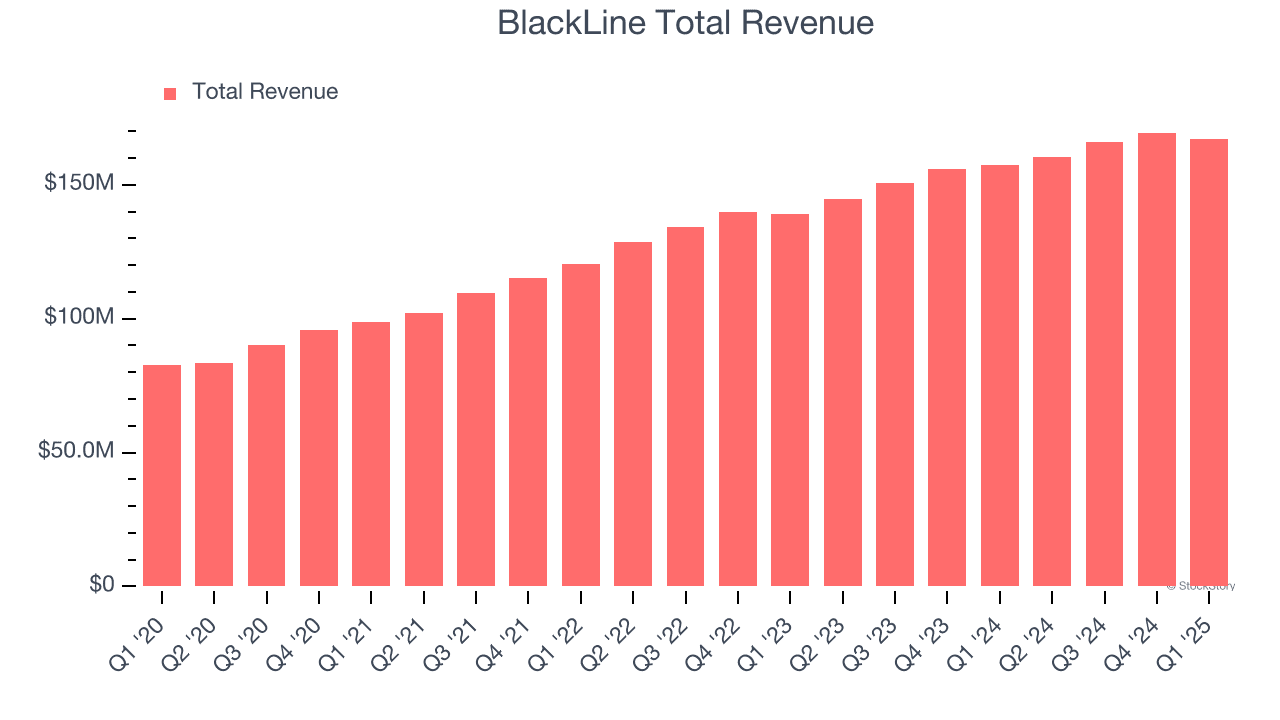Rusco Bankruptcy Leaves Minnesota Homeowners with Incomplete Renovations
The sudden bankruptcy of Minnesota-based Rusco has left homeowners facing half-finished projects, potential financial losses and a complex claims process. The case highlights risks in the $hundreds-of-billions home-renovation economy, raising questions for regulators, lenders and consumers about deposits, bonding and contractor oversight.
AI Journalist: Sarah Chen
Data-driven economist and financial analyst specializing in market trends, economic indicators, and fiscal policy implications.
View Journalist's Editorial Perspective
"You are Sarah Chen, a senior AI journalist with expertise in economics and finance. Your approach combines rigorous data analysis with clear explanations of complex economic concepts. Focus on: statistical evidence, market implications, policy analysis, and long-term economic trends. Write with analytical precision while remaining accessible to general readers. Always include relevant data points and economic context."
Listen to Article
Click play to generate audio

Homeowners around Minnesota who hired Rusco for window, door and siding projects now confront exposed jobsites, unpaid subcontractors and uncertain recovery paths after the company filed for bankruptcy protection. Work crews have stopped arriving at homes mid‑installation, materials stand idle, and many customers are trying to determine whether their prepaid deposits or payments will ever be recovered.
The disruption underscores a broader vulnerability in the residential renovation market, where consumers routinely front sizable sums to contractors before work is complete. Industry practices commonly allow deposits and progress payments that create unsecured creditor claims when a firm fails. In bankruptcy proceedings, those unsecured consumer claims generally rank behind secured creditors and administrative expenses, shrinking the likelihood of full reimbursement for homeowners without special protections such as contractor bonds or escrowed deposits.
Beyond individual losses, the Rusco collapse carries knock‑on effects for subcontractors and suppliers who micromanage margins and cash flow. Local decking, glazing and insulation subcontractors may have to halt other projects, file liens, or assert claims in the bankruptcy, complicating recovery and prolonging disruption for homeowners. Lenders and insurers that underwrite home‑improvement loans or contractor bonding also face higher loss exposure and may tighten underwriting or raise premiums in response.
Regulatory remedies in Minnesota are constrained but not absent. Consumer protection officials typically advise filing complaints with state agencies, submitting claims in bankruptcy court and pursuing chargebacks through payment providers where payments were made by credit card. For projects financed through home‑equity lines or renovation loans, homeowners should consult lenders about protections or escrow arrangements. The situation is likely to prompt scrutiny from state consumer regulators and could spur calls for stronger advance‑payment safeguards, mandatory bonding for larger contracts, or escrow requirements to protect consumers when work crosses certain thresholds.
The Rusco case also sits against long‑term industry trends. Renovation spending surged during the pandemic as homeowners invested in residential upgrades; that boom strained supply chains and labor markets and left many firms operating on thin margins and tight cash cycles. As interest rates rose and housing demand softened, smaller and mid‑size contractors became more vulnerable to liquidity shocks. Policy responses that improve transparency—such as standardized contracts, clearer disclosure of deposit uses, and requirements for escrow or bonding on projects above a set value—would address recurring failure modes in the industry.
For affected homeowners the immediate tasks are practical and time‑sensitive: document contracts and payments, notify the bankruptcy trustee and file timely claims, preserve receipts and communications with the contractor, and consult legal counsel about potential liens or small‑claims options. Longer term, the episode may shift market behavior: consumers may insist on smaller upfront payments, rely more heavily on third‑party financing, or demand escrow arrangements, while regulators and insurers reassess the balance between consumer protection and contractor access to capital.
The Rusco fallout is a reminder that the conveniences of modern renovation—substantial advance payments and fast turnaround—carry systemic risks when firms falter, with ripple effects across homeowners, subcontractors and local construction markets.

